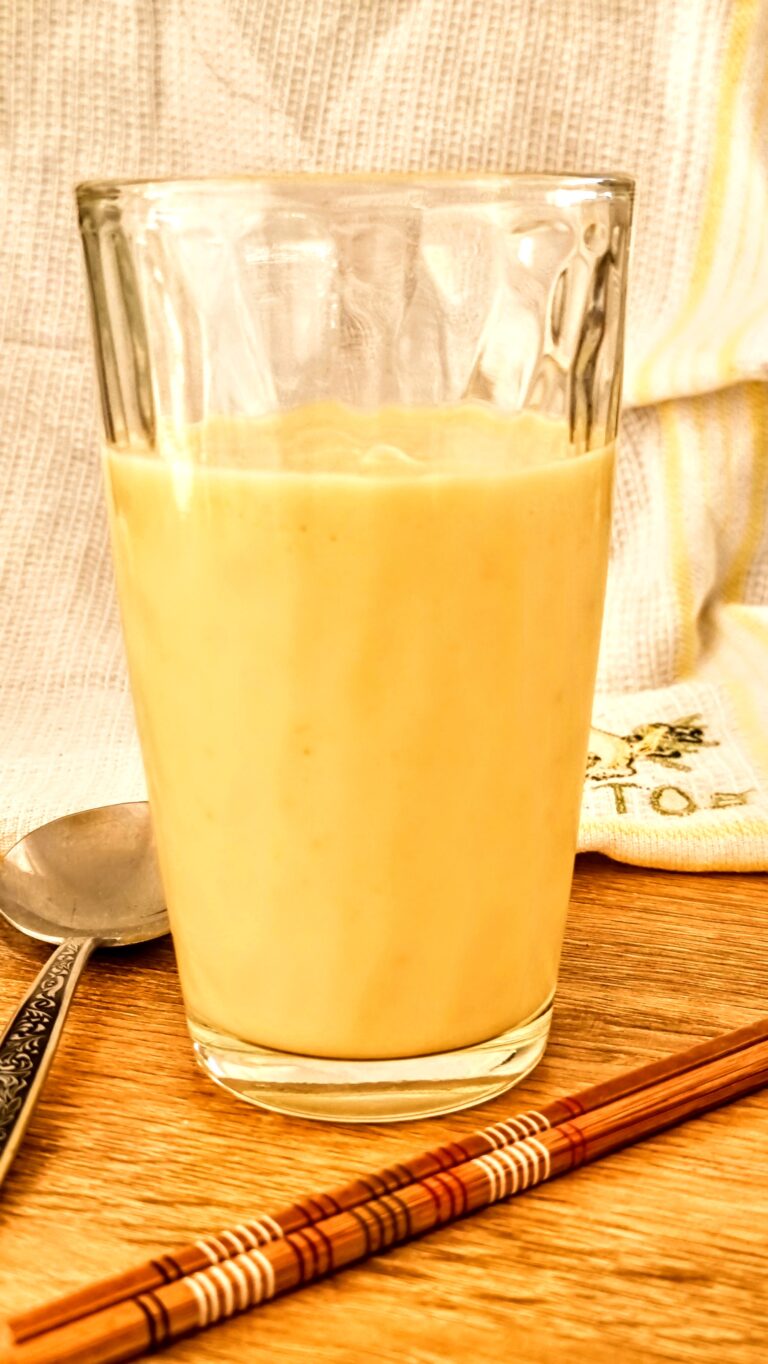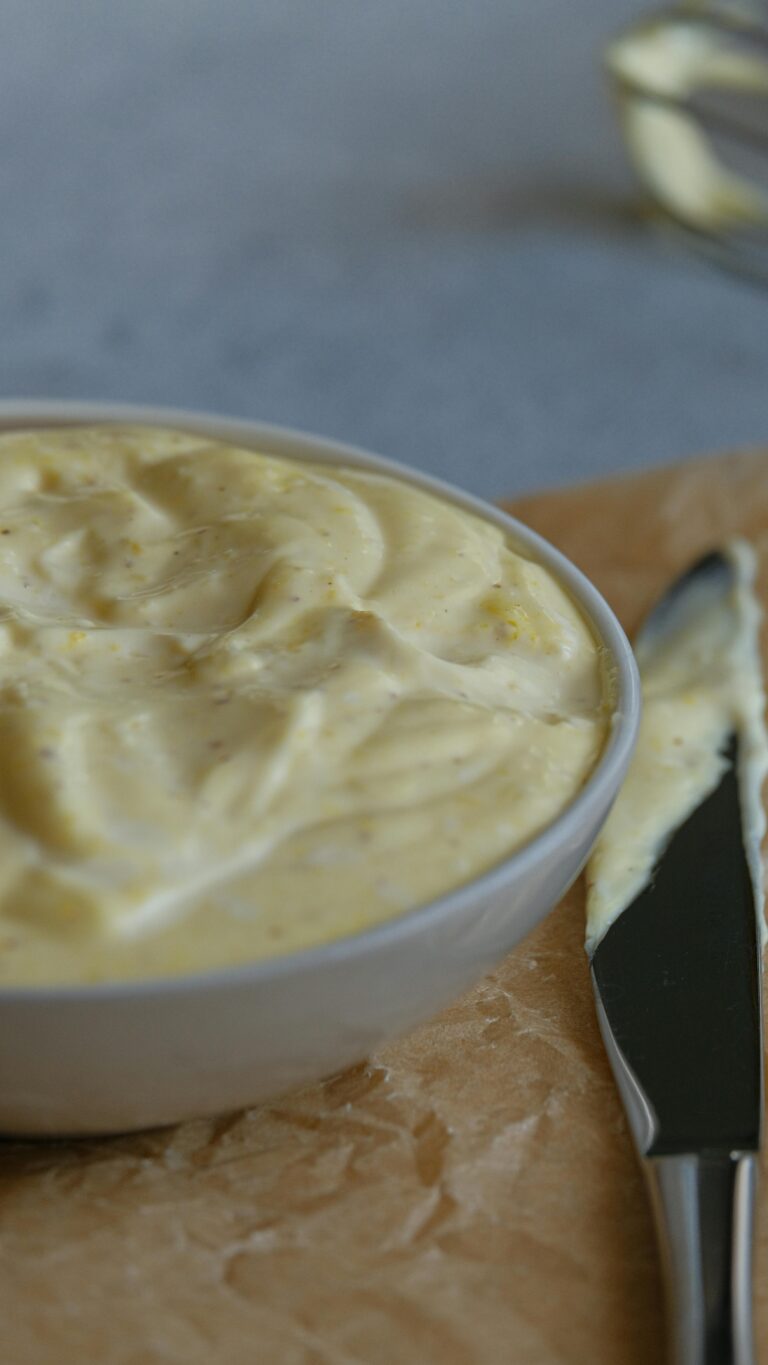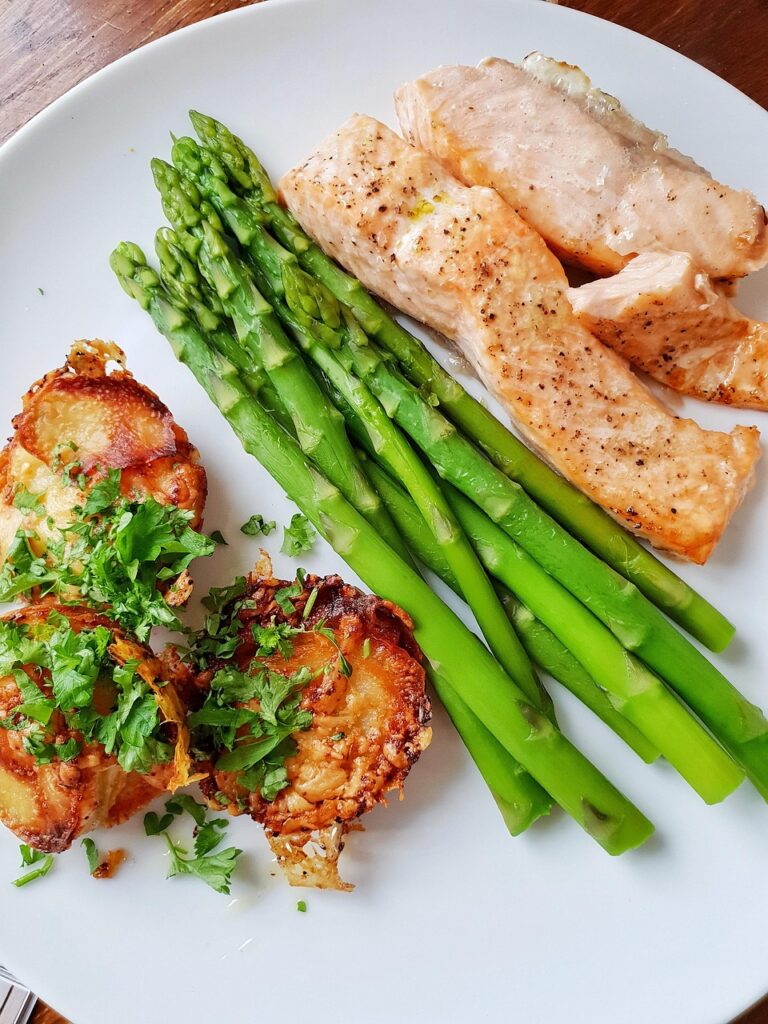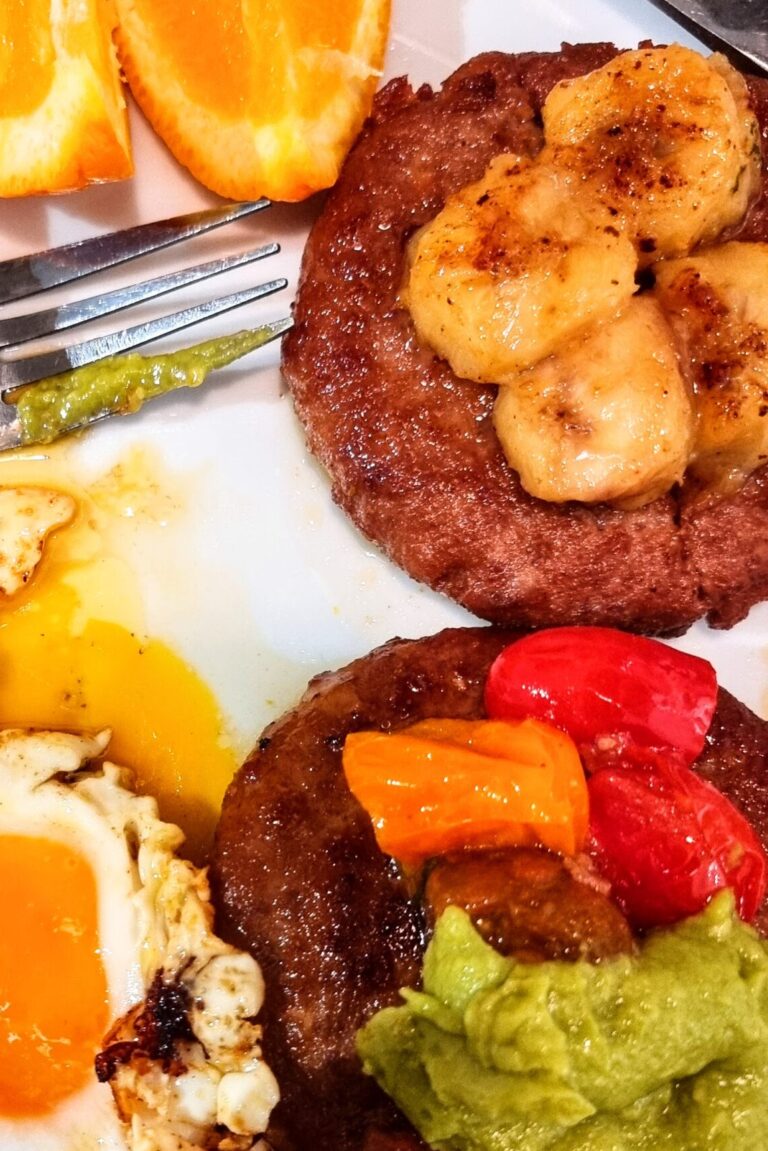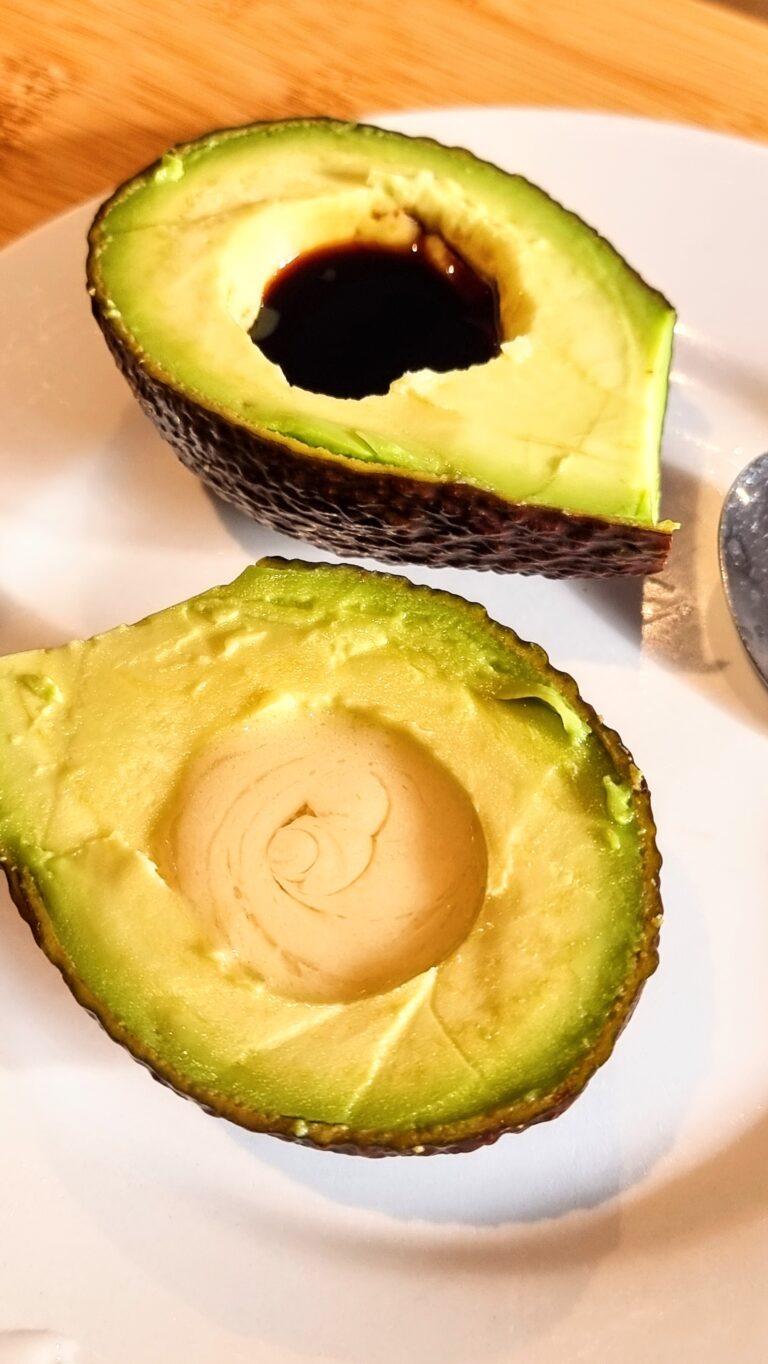How to Eat an Animal Based Diet and a Simple Weekly Meal Plan
I’ve been intrigued with the carnivore and animal based diet for a long time, as someone who’s had some health issues, it’s been really interesting to see others supposedly have healed diseases with diet alone.
This post may contain affiliate links. For more information, please see our disclaimer.
The information provided is for general educational purposes only and is not intended to be a substitute for professional medical advice, diagnosis, or treatment. Always consult with a qualified healthcare provider before making any changes to your diet or lifestyle, especially if you have any underlying health conditions or concerns. The views and opinions expressed are those of the individual and do not constitute medical guidance.
If you’re looking to follow an animal-based diet for better health, it really comes down to making meat, fruit, and a handful of easy veggies your staples. Start by building meals around animal foods like beef, chicken, and fish, then add in fruits and a few veggies that don’t mess with your digestion. This way, you’ll get the nutrients you need and keep your energy up without overcomplicating things.
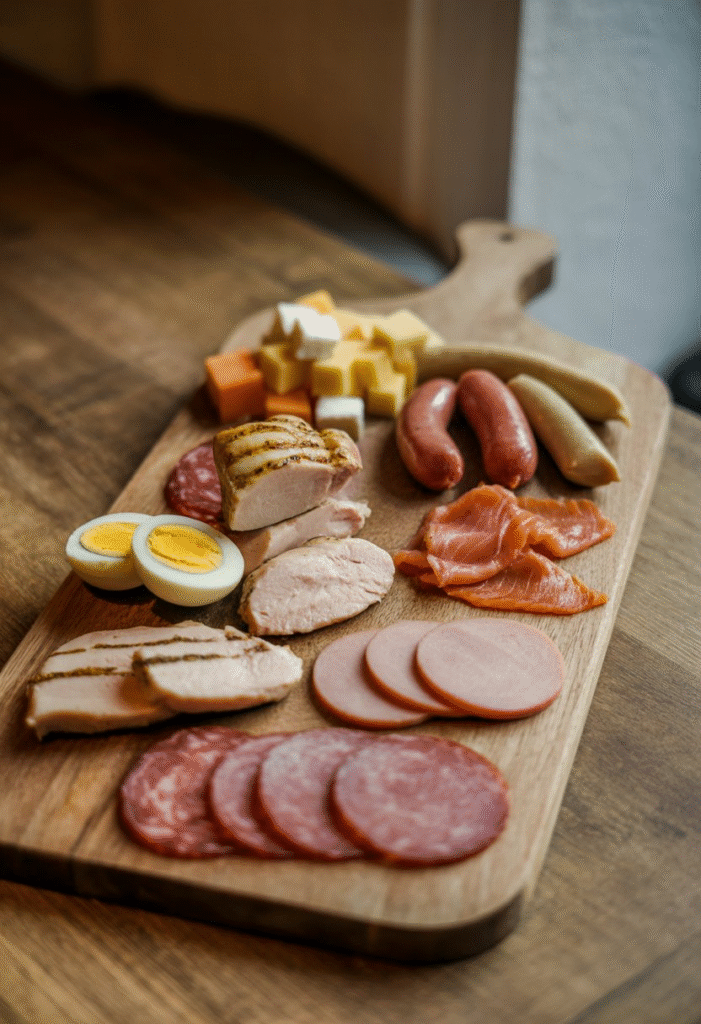
Think of a simple food pyramid: meat forms the base, fruits and dairy go in the middle, and a few low-toxin veggies like squash or zucchini round out the top.
To make things less of a guessing game, I’ve got a week long meal plan lined up. It’s full of protein rich meals, fresh fruit snacks, and easy veggies no need to overthink what’s “allowed” or not.
What Is An Animal-Based Diet?
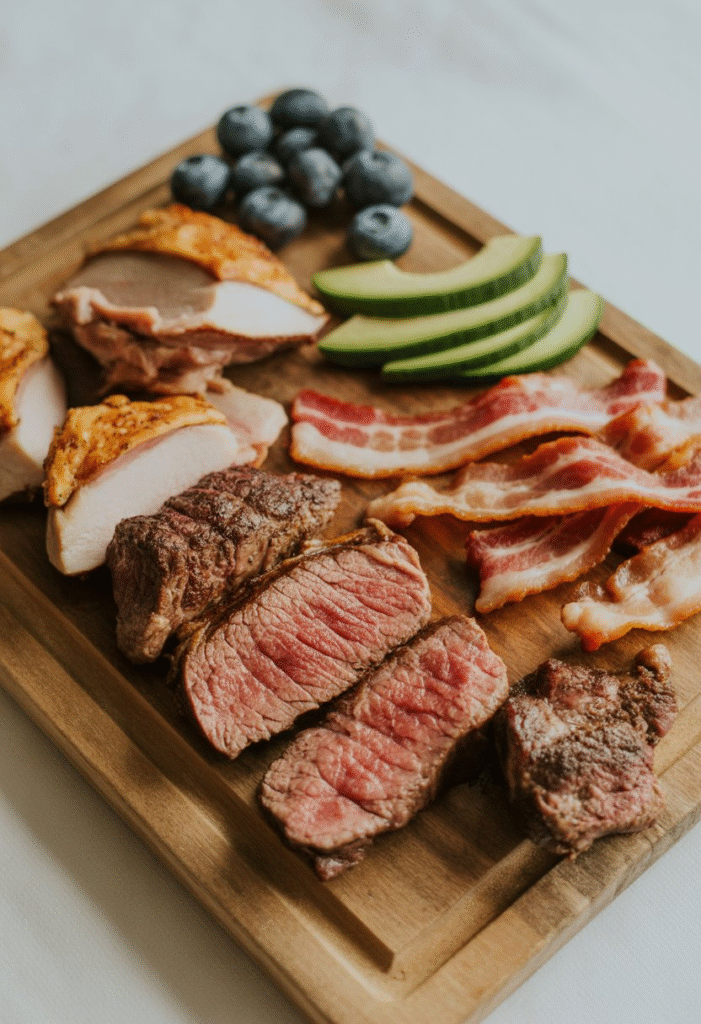
An animal based diet is all about animal foods meat, dairy, and fats. You can adjust the carbs, protein and fats to what feels best for you this diet doesn’t have to be keto.
You’ll load up on nutrient-dense foods that your body can actually use. That means the vitamins and minerals are easy to absorb.
Mostly, you’re eating meat, fish, eggs, and some dairy. These are packed with animal proteins for building and repairing your body.
Fats come from animal fat and dairy, giving you steady energy. Skip the processed stuff and added sugars.
In the end, you get a good mix of proteins, fats, and just a few carbs. It’s a “clean fuel” approach mostly animal foods, with some gentle plants tossed in.
Core Food Groups Of An Animal-Based Diet
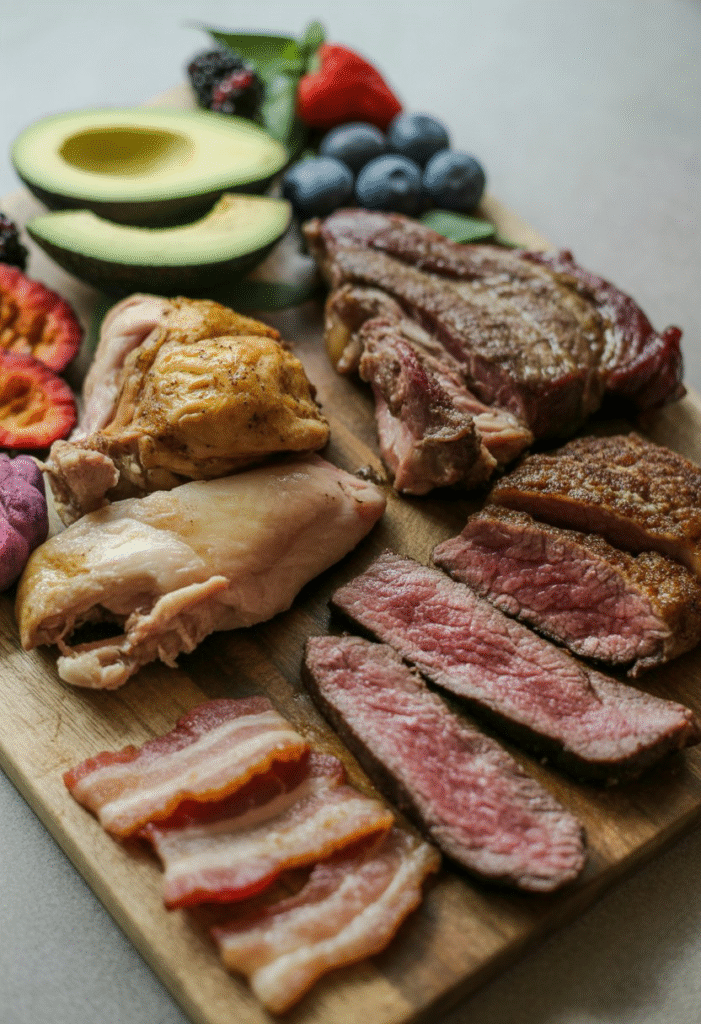
There are really three main groups here: high quality animal proteins, fruit and low toxin veggies, and some fats and dairy to keep things tasty and satisfying.
Animal Proteins
Animal proteins are the star of the show. Go for grass-fed beef, pasture-raised pork, lamb, and wild game like venison, bison, or elk if you can get hold of it. These tend to have more nutrients than the standard supermarket meat.
Poultry and pasture-raised eggs are great for mixing things up. Organ meats like liver can be a powerhouse for vitamins and minerals, even if you’re not a fan. Toss in bone broth or marrow for joint and gut support.
Seafood matters too. Wild-caught fish brings in omega-3s, which your heart and brain will thank you for. Try to mix up your protein sources when you can.
Fruits & Low Toxin Vegetables
Stick with sweet fruits like berries, mango, apple, and banana, adjust the amounts you eat to what suits you, don’t be afraid to change things up to see how you feel. They’re good for vitamins and a touch of sweetness.
Pick veggies that are lower in toxins and carbs: avocado, cucumber, squash, and olives are solid. They bring in fiber, antioxidants, and micronutrients, and they won’t spike your blood sugar like white sugar.
You can test other vegetables like potatoes, kumara, carrots and white rice to see how you feel consuming them.
Healthy Fats & Dairy Products
Fats matter a lot here. Cook with animal fats like tallow, suet, and lard. Grass-fed butter, ghee, or even coconut oil can add flavor and some extra calories.
If you do dairy, go for raw dairy or fermented stuff like yogurt, kefir, and sour cream. Grass-fed cheese is a solid option too.
If you can get your hands on colostrum, it’s worth trying, it’s said to help your immune system. All these fats and dairy options help you stay full and support your health.
Another great option is A2 dairy which could potentially be less inflammatory than A1 milk.
Triangle Food Pyramid For An Animal-Based Diet
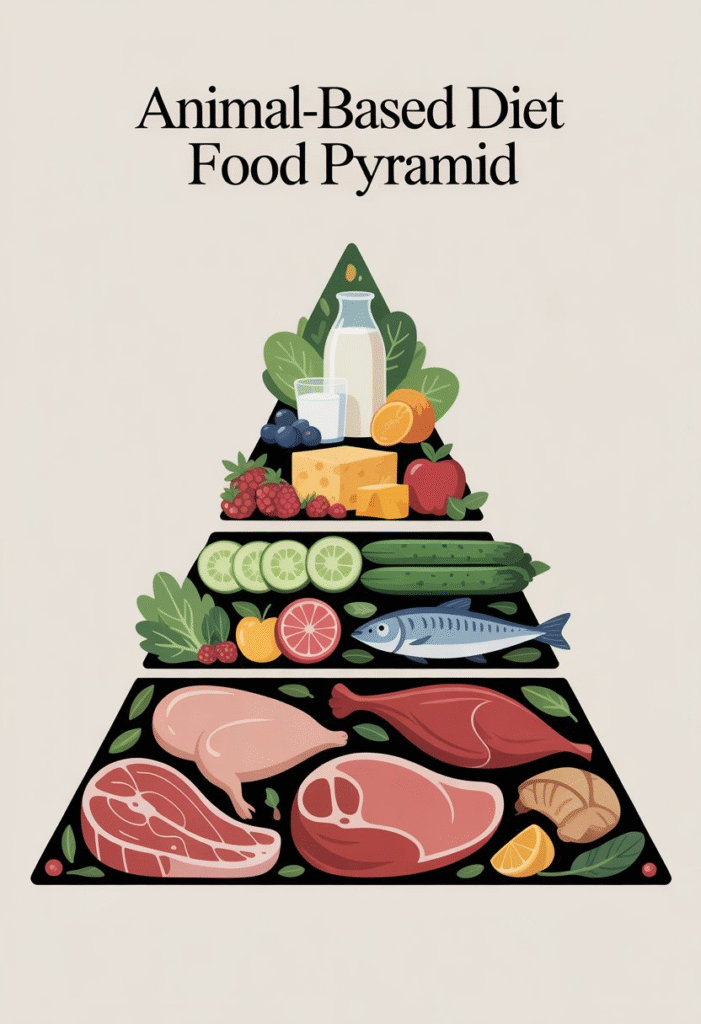
Focus on hearty animal proteins and fats, plus some fruits and low toxin veggies. A little dairy and natural sweetener can fit in, but keep it minimal to make sure you are still eating plenty of the high nutrient dense foods.
Base Of The Pyramid: Animal Proteins & Fats
The bottom layer is all about meat, organ meats, and animal fats. Think beef, pork, chicken, liver, and other organs. They deliver protein and crucial vitamins like B12 and iron.
Animal fats such as tallow and marrow give you energy and help with nutrient absorption. Eggs are a total win for their combo of protein and fat.
Fatty cuts are your friend seriously, they keep you full and make the diet more enjoyable.
Middle Tier: Fruits & Low Toxin Vegetables
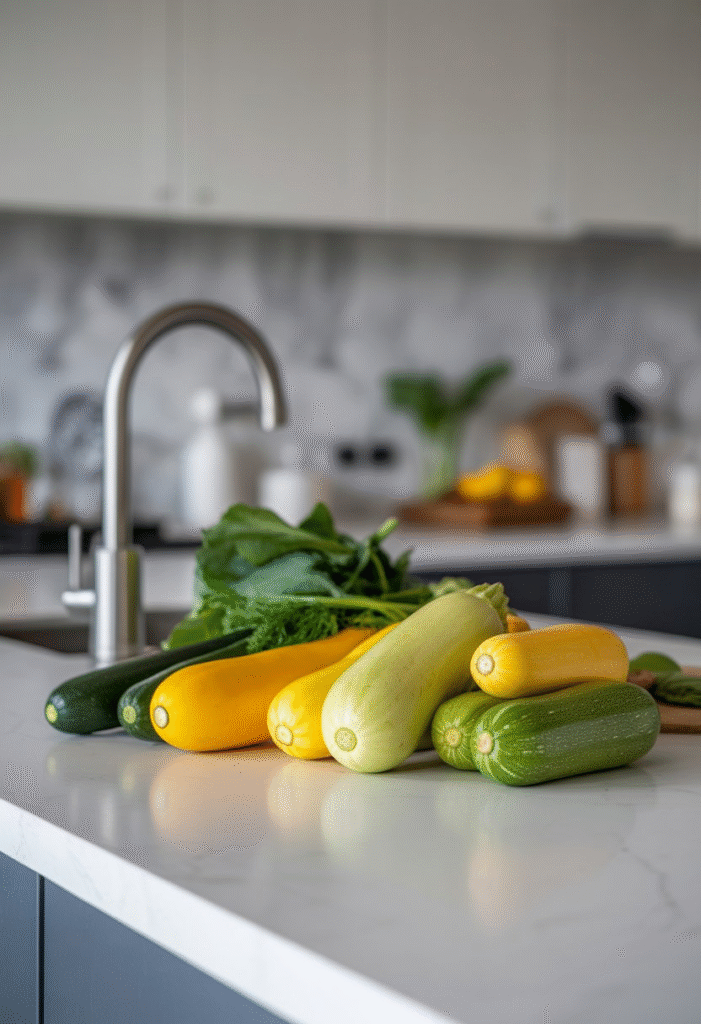
Next up, toss in some fruit and low toxin vegetables. Berries, avocado, cucumber, and squash are all good picks. They’re easy on digestion and provide vitamins and fiber.
Berries pack antioxidants and don’t hit your blood sugar too hard. Avocado brings in healthy fats and fiber, which helps round out your plate.
Veggies like cucumber and squash are gentle and give you a bit of variety. If you’re into it, a little fermented veg can boost gut health too.
Top Tier: Dairy, Honey & Optional Foods
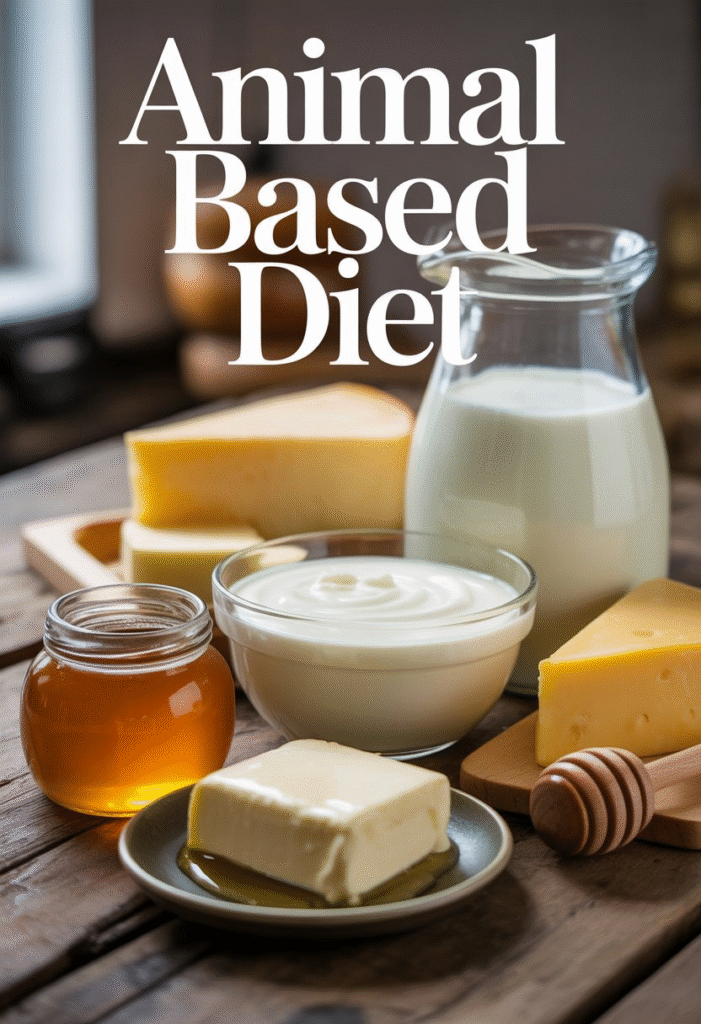
At the top, you’ve got dairy, honey, and a few extras. Go for dairy that works for you. Some people find they can digest raw dairy but not pasteurized. It’s best to do your own research on whether you are comfortable having raw dairy.
Raw honey works as a natural sweetener or maple syrup. Other sweeteners? Not really recommended.
Stick to water or bone broth for drinks. Sugary stuff is out, and even coffee or tea should be limited if you want to stay strict. But again you can see what works for you, you might find coffee doesn’t make you feel good but a little dark chocolate doesn’t effect you.
How To Build Your Animal-Based Plate
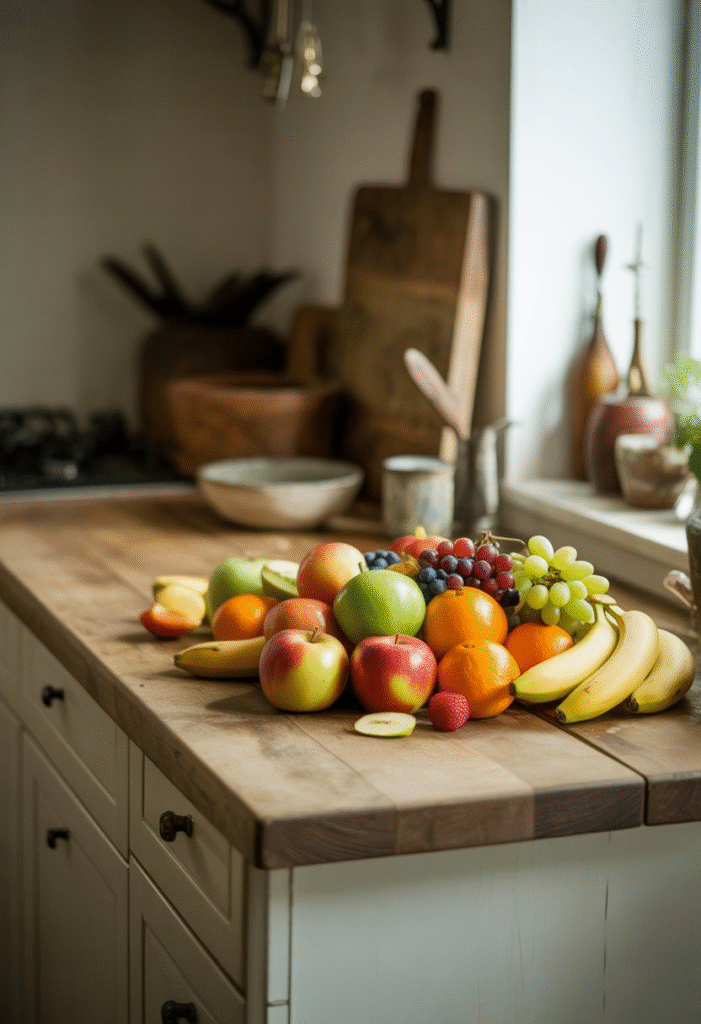
When you’re putting a meal together, start with plenty of animal proteins and fats. Add fruit or low toxins for carbs. Aim for balance and pick the best quality you can afford, it’ll make your meals way more satisfying.
Prioritizing Protein And Fats
Fill up most of your plate with animal proteins, beef, chicken, pork, or fish. These bring in all the essential amino acids. Pair them with healthy fats from fatty cuts, eggs, or tallow. Fat gives you energy and helps you feel satisfied.
Choose animal foods that aren’t super processed. Organ meats, like liver, add nutrients you just won’t get elsewhere.
Snacks for on the go can be beef jerky, a boiled egg, chopped up fruit, dates with butter or dried fruit.
Adding Fruits For Carbohydrates
Fruit is your go to for carbs. Sweet fruits like berries, apples, or melons are great they give you a quick energy boost without weird additives. Keep fruit to about a quarter of your plate, maybe less.
Fruits bring vitamins and fiber, which helps with digestion.
Week Suggested Food Plan
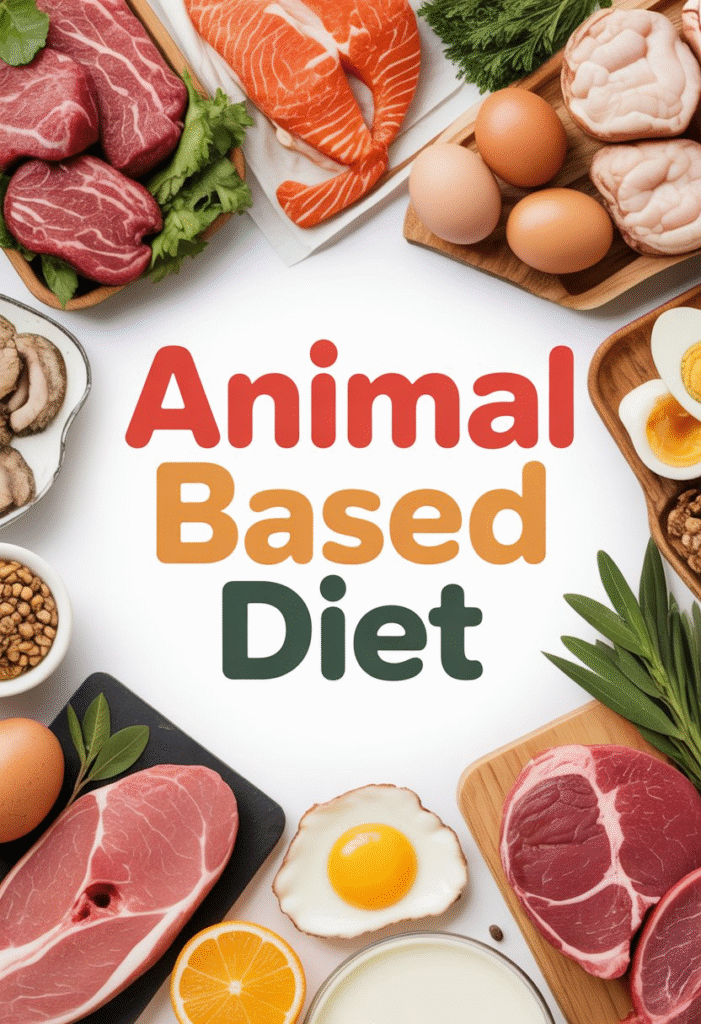
Each day, try to get a mix of animal proteins, fruits, and low toxin veggies. Add dairy if it works for you, and keep snacks simple so you’re not running on empty. Planning ahead makes it easier to stick with and keeps meals interesting.
Sample Daily Meal Structure
For breakfast, go with eggs, a little cheese, and some berries or avocado. That covers fats and vitamins right off the bat. At lunch, have a serving of beef, lamb, poultry, or pork with low toxin veggies like squash, cucumber or zucchini. If you want, add some yogurt or a drizzle of honey for extra flavor.
Dinner can be your biggest meal try organ meats or a mix of animal proteins, plus more veggies or a bit of fruit. For snacks, cheese, boiled eggs, or a handful of berries are all easy options.
Sample 7-Day Menu Ideas
| Day | Breakfast | Lunch | Dinner | Snack |
|---|---|---|---|---|
| Mon | Scrambled eggs with avocado | Roast chicken, grilled plantain, avocado | Beef patty with liver with steamed zucchini | Cheese slices |
| Tue | Greek yogurt with honey and berries | Grilled lamb and squash | Pork chops with peaches and fried plantain | Boiled egg |
| Wed | Omelet with cheese and mushrooms | Beef stew with pineapple and fried eggs | Pan-fried trout with zucchini | Handful of berries |
| Thu | Fried eggs with bacon | Turkey breast with cucumber | Roasted duck and orange and avocado | Yogurt |
| Fri | Cottage cheese with avocado | Pork ribs and cucumber | beef mince with heart, BBQ banana and pineapple | Cheese and beef jerky |
| Sat | Poached eggs and sautéed spinach | Beef patty with cheese and honey | Roast chicken thigh and zucchini | Dates and butter |
| Sun | Smoothie with yogurt and berries | Lamb stew and white rice | Grilled salmon and eggs with apple and berries | Avocado slices |
Choosing High-Quality Animal Foods
If you’re picking animal foods, quality really matters. Go for grass-fed or pasture-raised meats. Animals that eat grass outdoors usually have better nutrition and fewer weird additives sneaking in.
Wild caught fish is a solid bet too. Since it’s caught in oceans or lakes, not raised in crowded tanks you tend to get fewer toxins and more of those good natural fats.
Try to avoid meats from animals fed soy or fillers. That stuff messes with the meat’s quality and, honestly, your health. Look for soy-free or natural feed on the label.
You don’t have to buy the fanciest cut at the butcher, but it’s worth finding a source you trust. Fresh, firm meat with no off smells is always a good sign. Organ meats? They’re packed with nutrients, if you’re up for it. If not check out offal pills which can be found in some stores and online.
Here’s a quick cheat sheet for your next shopping trip:
- Grass-fed beef
- Pasture raised chicken or pork
- Wild caught salmon or cod
- Soy-free and hormone-free labels
- Fresh and well stored meat
Low Toxin Vegetables & Foods To Minimize
Picking veggies for an animal-based diet? Stick with those low in natural toxins. Some plants have compounds that can mess with your digestion or fire up inflammation. Knowing which vegetables go easy on your system can help you avoid those annoying issues.
Best Low Toxin Vegetables
Go for veggies that are gentle and mostly safe for your gut.
Some top picks:
- Avocado: Technically a fruit, but it fits here. Low in toxins and full of healthy fats.
- Cucumber: Super mild, hydrating, and barely any lectins or oxalates.
- Squash: Both summer and winter types are easy to digest and low in toxins.
- Olives: Another fruit, but still great low in toxins, high in good fats.
These have fewer lectins and oxalates (those are plant defenses that can bug your gut or block nutrients).
If you suffer with IBS it would be worth checking the FODMAP rating of foods and their quantities before consuming.
Foods High In Plant Toxins
Some plants just have more natural toxins that might bother you, especially if you’re sensitive.
Watch out for:
- Nightshades (tomatoes, potatoes, peppers, eggplants): They’ve got alkaloids and lectins that can be rough for some people.
- Grains: Loaded with lectins and phytic acid, which block nutrients. Probably best to skip or really limit these.
- High oxalate veggies (spinach, beet greens): Can mess with kidney stones or mineral absorption.
- High lectin foods: Beans and legumes, tread carefully here.
If you’re sensitive, even medium toxin plants might cause trouble. Cutting back can really help digestion and just make you feel better overall.
Key Nutrients & Health Benefits
Sticking mostly with meat, fruit, and low toxin veggies gives your body a bunch of vitamins, minerals, and other nutrients it needs. You get important things like vitamin B12, calcium, and antioxidants that help you stay healthy and keep everything running smoothly.
Essential Vitamins & Minerals
Animal foods are loaded with vitamin B12. That one’s crucial for nerves and making red blood cells, and you won’t really find it in plants or fruit. So try to consume plenty of meat and eggs. If you have food sensitives it would be worth working with a functional nutritionist to see if the animal based diet is a good fit for you.
You also get vitamins A, D, and E. Vitamin A is big for your eyes and immune system. Vitamin D helps you absorb calcium and keeps bones strong. Vitamin E acts as an antioxidant, protecting your cells from damage.
Calcium is another biggie, especially from dairy or fish with bones. It’s all about bone health and keeping your muscles working right.
Meat and certain veggies are super nutrient-dense, so you get a lot of nutrition without having to eat a mountain of food.
Health Benefits Of The Animal-Based Diet
This way of eating can help lower inflammation, which ties into pain and a bunch of chronic issues. Focusing on nutrient-rich animal foods might also help with insulin resistance—something that matters for type 2 diabetes.
People with autoimmune problems sometimes notice fewer symptoms when they cut plant toxins and lean into animal foods. Energy can go up, and those nagging symptoms might fade.
Antioxidant rich fruits and low toxin veggies help protect your cells and support your health. The mix of meat, fruit, and the right veggies gives you steady energy and the nutrients you need to feel your best.
Avoiding Common Pitfalls
There are a few bumps in the road with an animal based diet. Hidden bad fats and supplement confusion can throw you off, but a little attention goes a long way.
Processed Foods And Seed Oils
Processed foods are loaded with stuff you don’t want especially seed oils like soybean, canola, and corn oil. These are heavy in omega-6 fats, which can crank up inflammation.
Check labels on snacks, pre-made sauces, and even some meats. Seed oils sneak in everywhere. Artificial sweeteners are another one, they can mess with your digestion or spark cravings.
Stick with fresh, whole animal foods and low toxin veggies. When you cook animal based diets suggest using butter, tallow, or suet. I’m not sure on what the latest research is on what is the healthiest oil to cook with so worth doing your own research. You’ll dodge a lot of junk just by cooking your own food.
Supplements And When To Use Them
Supplements aren’t always a must. Most people on this diet get what they need from food. Vitamin D might be worth it if you’re inside a lot or live somewhere gloomy.
Some folks add magnesium or electrolytes if they feel off or get cramps in the beginning, I noticed a lot animal based people add sea salt to their food which can contain minerals.
Only reach for supplements if you notice a deficiency or get a blood test that says so. Don’t use them as a crutch for a weak diet, focus on real food first.
Useful Tips, Shopping List & Planning
Having the right foods on hand and a bit of planning makes eating animal based way easier. Focus on quality proteins, fresh fruit, and low toxin veggies to keep things simple and healthy but not boring.
Shopping List Essentials
Buy whole foods when you can. Look for grass-fed or pasture-raised meats like beef, lamb, and chicken. Mix in animal proteins like eggs, fish, and pork. For dairy, plain yogurt, cheese, and ghee from grass-fed milk are good picks.
Fruits like berries, apples, and citrus fresh or frozen are handy and low toxins veggies. You could also test certain herbs like rosemary to see how you feel or garlic and onion if you want to start adding more foods back in to your diet.
Here’s a quick breakdown for your list:
| Category | Examples |
|---|---|
| Animal Proteins | Grass-fed beef, pasture-raised chicken, eggs, fish |
| Fruits | Blueberries, apples, oranges |
| Vegetables | Squash, cucumber, zucchini |
| Dairy | Grass-fed cheese, yogurt, ghee |
| Healthy Fats | Tallow, coconut oil, butter |
| Herbs & Spices | Garlic, rosemary, thyme |
Meal Prep And Kitchen Tips
Planning meals for the week saves time and helps you avoid scrambling for food. Cook big batches of meat, then stash portions in the fridge or freezer. It’ll keep you from drifting off your plan.
Stick with simple cooking, roast, grill, or slow-cook meats to keep nutrients in. Prep veggies fresh or steam them lightly to stay low in toxins.
Set aside a couple hours each week to chop veggies, cook proteins, and whip up sauces with herbs and spices. Make sure your kitchen has the basics: sharp knife, cutting board, solid pan.
Switch up your foods now and then to keep things interesting and cover all your nutrient bases. Planning ahead cuts down on waste and makes it way easier to stick with your animal-based routine.
Diet Trends
You don’t have to go full carnivore, lots of people blend in fruits and low toxin veggies for a bit of balance to follow more an animal based diet. The main message with this diet is to listen to your body and keep things simple when it comes to food.
Some people use this diet to try to help some health concerns, but then later on try adding in other foods to have more variety.
Trying Out The Animal Based Diet For Dinner
Personal for me I want to eat less processed food to get more nutrition in my diet. The dinner below is inspired by the animal based diet. Normally I struggle to eat 2 beef patties, but oh my I learnt how to cook them well and made a huge difference.
I didn’t know if the cooked bananas with the beef patty would be nice but they were sooo good! Tomatoes aren’t normally part of the animal based diet but I’m ok with that as at the moment I want to aim to add more “whole foods”.
I’ll try find the video I watched on how to cook a beef burger, but the idea is:
- Put 2 tablespoons of butter in a pan. I used a stainless steel pan.
- Place the burgers in the butter once the butter is hot (slightly bubbling but not burning). Make sure the heat isn’t too high that the butter starts to burn too quickly.
- This is what made the biggest difference, while it’s cooking spoon the butter over the top of the burgers.
- Turn once browned, and brown the other side. Keep spooning the butter over the burgers while they cook.
- Once cooked through serve.
Cooking this way just made the burgers stay much more moist.
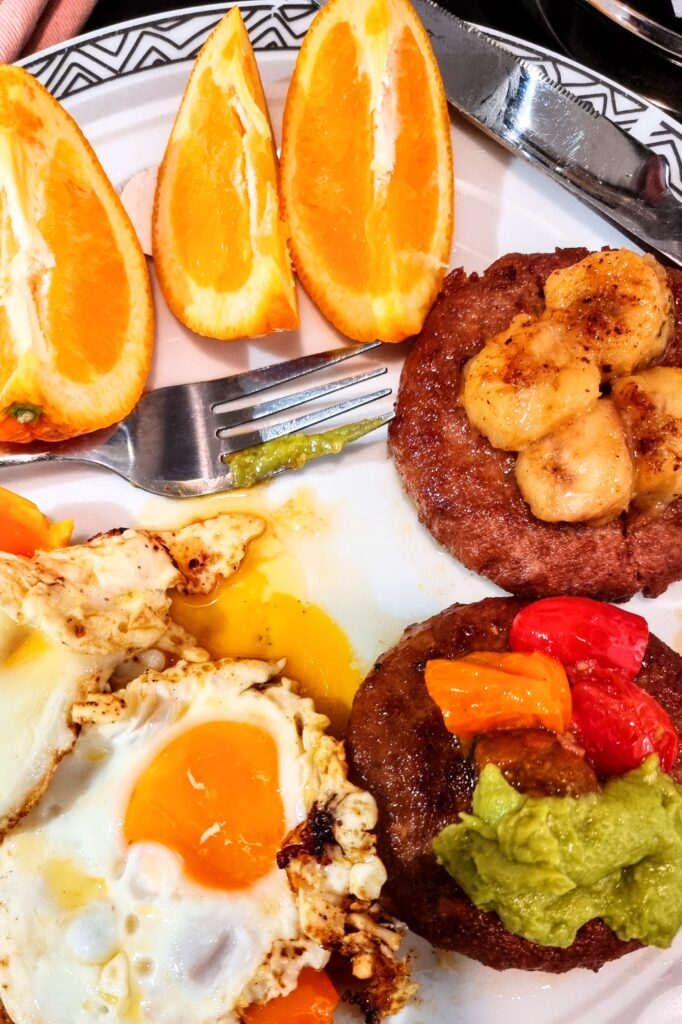
I didn’t have the best presentation but this tasted soo good!
